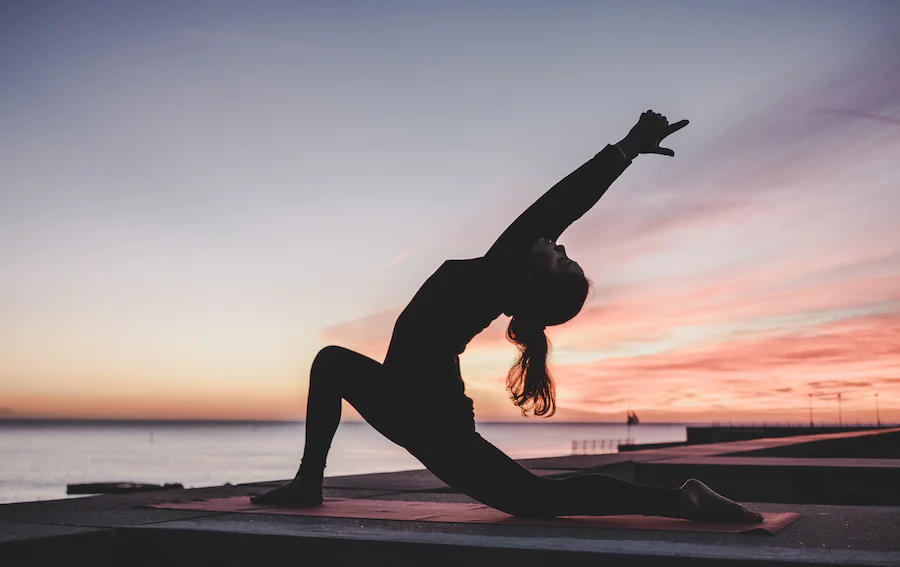Balance is a crucial aspect of overall health and well-being, especially for seniors. As we age, our balance naturally declines, increasing the risk of falls and injuries. However, with proper training and consistent practice, seniors can significantly improve their balance, reduce fall risk, and maintain their independence. This comprehensive guide explores the importance of balance training for elderly individuals and provides practical exercises to enhance stability and confidence.
Understanding the Importance of Balance for Seniors
Balance is a complex skill that involves the coordination of multiple body systems, including vision, inner ear function, proprioception (body awareness), and muscle strength. As we age, these systems may become less efficient, leading to decreased balance and increased fall risk. Falls are a major concern for seniors, often resulting in serious injuries, loss of independence, and decreased quality of life.Regular balance training can help counteract these age-related changes by:
- Improving coordination and reaction time
- Strengthening core and leg muscles
- Enhancing proprioception and body awareness
- Boosting confidence in daily activities
- Reducing the fear of falling
By incorporating balance exercises into their routine, seniors can maintain their mobility, independence, and overall well-being.
Essential Balance Exercises for Seniors
Here are some effective balance exercises that seniors can practice regularly to improve their stability:
- Single-Leg Stand: Stand behind a sturdy chair, holding onto the back for support. Lift one foot off the ground and hold for 10-30 seconds. Repeat with the other leg. As balance improves, try to reduce reliance on the chair.
- Heel-to-Toe Walk: Walk in a straight line, placing the heel of one foot directly in front of the toes of the other foot. Take 10-20 steps forward, then walk backward in the same manner.
- Sit-to-Stand: Sit in a chair with feet flat on the floor. Stand up without using hands, then slowly sit back down. Repeat 10-15 times.
- Clock Reach: Stand with feet hip-width apart. Imagine a clock face on the floor around you. Reach one foot towards different “hours” on the clock while maintaining balance. Start with nearby hours and progress to further reaches.
- Tai Chi: This gentle, flowing exercise form is excellent for improving balance, flexibility, and strength. Consider joining a senior-friendly Tai Chi class or following instructional videos at home.
Remember to start slowly and gradually increase the difficulty and duration of exercises as balance improves. Always prioritize safety and use support when needed.
Incorporating Balance Training into Daily Life
While dedicated exercise sessions are valuable, integrating balance challenges into everyday activities can provide additional benefits:
- Brushing teeth: Try standing on one foot while brushing your teeth, alternating legs halfway through.
- Waiting in line: Practice subtle heel raises or toe lifts while standing in queues.
- Walking: Focus on maintaining good posture and taking deliberate, heel-to-toe steps during regular walks.
- Household chores: Perform simple balance exercises like standing on one leg while folding laundry or washing dishes.
- TV time: During commercial breaks, stand up and practice a few balance exercises.
By making balance training a part of daily routines, seniors can consistently work on improving their stability without dedicating large blocks of time to formal exercise sessions.
Safety Precautions and Tips for Effective Balance Training
While balance training is generally safe for most seniors, it’s essential to take proper precautions:
- Consult a healthcare professional: Before starting any new exercise program, consult with a doctor or physical therapist, especially if you have existing health conditions or mobility issues.
- Create a safe environment: Ensure the exercise area is free of tripping hazards and has good lighting. Keep a sturdy chair or wall nearby for support if needed.
- Start slowly: Begin with simple exercises and gradually increase difficulty as balance improves.
- Use proper footwear: Wear comfortable, supportive shoes with non-slip soles during balance exercises.
- Stay hydrated: Drink water before, during, and after exercise to maintain proper hydration.
- Listen to your body: If you experience pain, dizziness, or discomfort, stop the exercise and rest. Consult a healthcare professional if symptoms persist.
- Practice regularly: Consistency is key. Aim for at least 10-15 minutes of balance training daily for optimal results.
The Role of Technology in Balance Training
Modern technology offers innovative tools to support balance training for seniors:
- Balance training apps: Smartphone applications can provide guided exercises, progress tracking, and reminders to practice regularly.
- Video games: Some gaming systems offer balance-focused games that can make training more engaging and fun.
- Virtual reality: VR systems can create immersive environments for balance training, offering both challenge and entertainment.
- Wearable devices: Fitness trackers and smartwatches can monitor activity levels and provide feedback on balance and stability.
While these technological aids can be helpful, they should complement, not replace, traditional balance exercises and professional guidance.
Balance training is a crucial component of healthy aging, offering numerous benefits for seniors’ physical and mental well-being. By incorporating regular balance exercises into their routines, elderly individuals can improve their stability, reduce fall risk, and maintain their independence. Remember that progress takes time, so be patient and consistent in your practice. With dedication and proper guidance, seniors can significantly enhance their balance skills, leading to a more active, confident, and fulfilling lifestyle.



